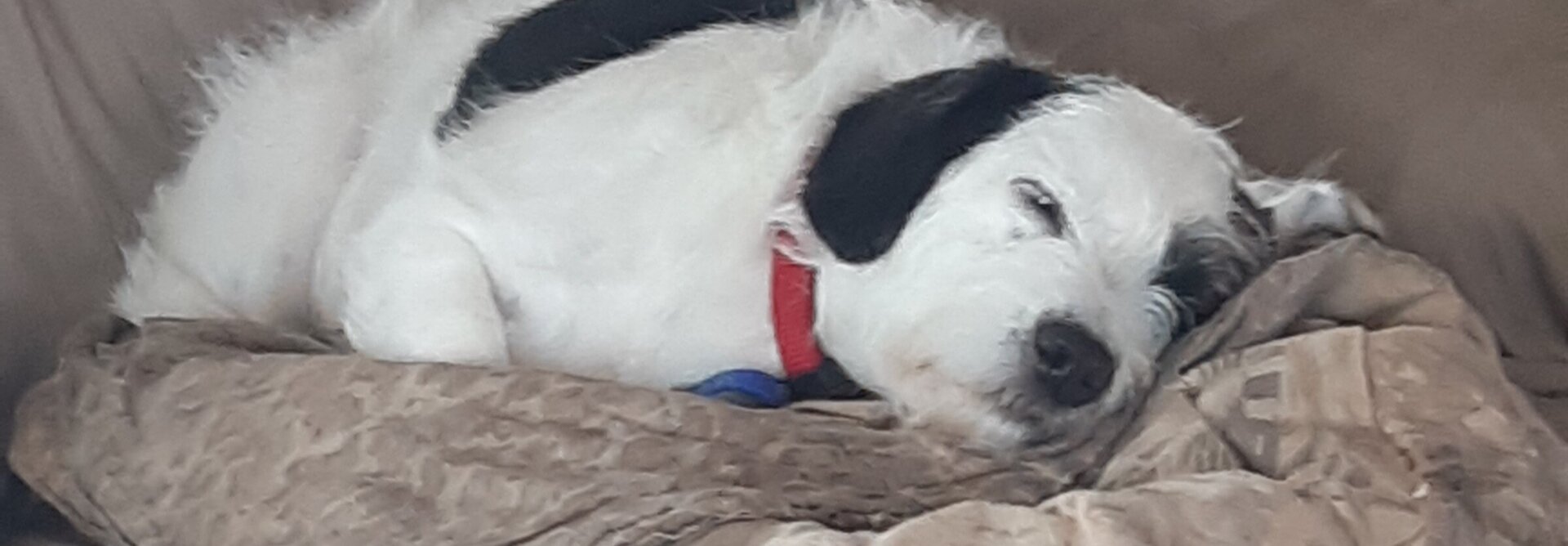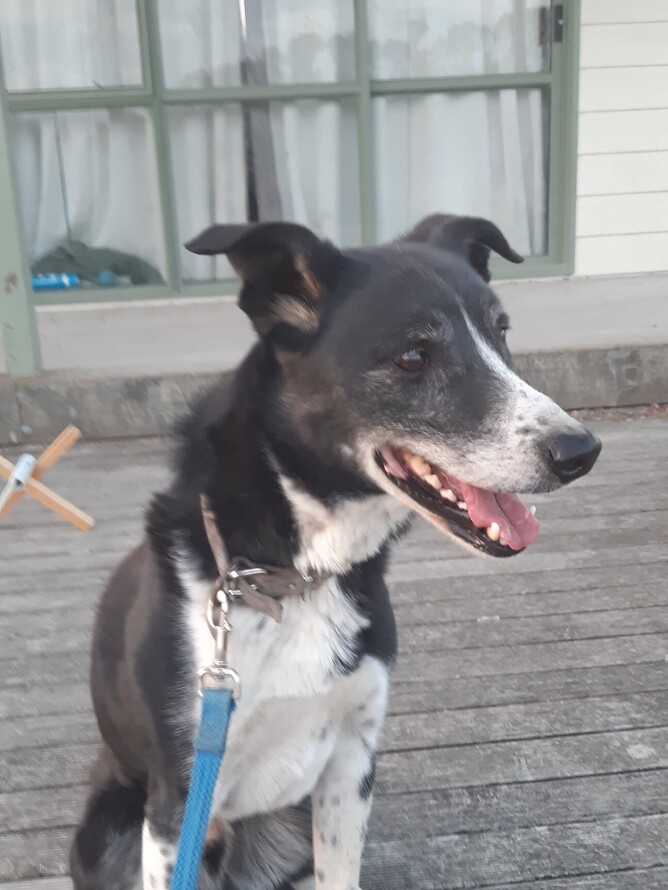What can you teach your dog.
There are so many things that it would be great our dog could do. We want to have fun
playing with our dog, we may want them to come on adventurers with us, be polite to visitors, and be calm when we want them to be. But where do we start.
What do you think is the most important thing to train your dog
- sit
- come
- dont jump up
- dont run away
- walk on lead
- lie on a bed
- no barking etc
These are all important but..
What do you train or teach first
None of these.
The most important is to build a strong foundation of trust, value and cooperation with your dog. This foundation provides a strong base to build a relationship with your dog. A positive relationship creates a dog who wants to please and enjoys learning. This makes it so much easier to teach behaviours like sitting, calmness.
We need to remember dogs are not born speaking human so we have to show them what we
want. Imagine you were in a country where you didnt speak the language and somebody was yelling at you. Would you be able to get it correct but if they showed you what they wanted it wouldnt it be easier and wouldnt you feel more comfortable
Dogs have different ideas of what is needed and we need to train them so that they understand what is needed to live in our lives in harmony.So how do we do this
1. We need to watch out for when our dog is being good. How do dogs know when they are
good if we dont tell them. All dogs do more good things than bad. If we ignore the good things and accidentally reward the things we dont want then the amount of times our dog does the wrong thing will increase.
What sort of things do we do to reward the bad behaviour- we give attention when the dog does the wrong thing but dont see the good. This means that the dog thinks you want the bad behaviour.
Yelling at your dog is attention. Chasing your dog when he runs away means the dog thinks it is part of the game to run away. Watch for and reward good behaviours
The environment can be rewarding in itself- so if the dog gets rewarded by the environment eg chasing birds, smells, playing other dogs then the bad behaviour will increase. Dogs do more of what they get rewarded for
2. We need to set up the dogs environment so that the ability to do the bad behaviour is
limited eg dont let the dog run loose where he might be able to chase or dont leave him loose in the room with the rubbish until we have trained the correct behaviours set your dog up for success so good behaviour is what is rehearsed
3. Look at when the behaviour happens- does yu puppy nip when he is overtired, does your dog want to chase things, does your dog jump up when you first arrive home. Understanding when the behaviour is most likely to happen means that you can be ready and take action before the bad behaviour occurs so that get the correct behaviour.
4. Look at why the behaviour happens- do you lift your hand up when dog jumps and this increases the chance of the dog jumping, do you jerk your hand away when the pup nips it- these both encourage the behaviour.
5.Teach an alternative behaviour eg go to mat when the doorbell rings, sit not jump etc
6. Pay well for any good behaviour. Dogs tend to do things that bring them value. Dogs like us tend to do the things they find rewarding unless there is a good reason not too. The environment eg chasing cats, raiding the rubbish all provide alot of value.
How can we compete...
By building our bank account by rewarding the positive behaviours frequently. Food or toy play are the easiest initially but you can use anything that the dog finds rewarding eg verbal praise, pats, chance to do something he likes eg run, swim, sniff, dig. But put the environmental ones on a command eg go run go sniff so you are providing the dog is not just taking. Pay well
7. Dont tell off. For three reasons
a. any attention better than no attention so telling no is in itself rewarding
b. no is a hard concept no I cant jump on Bob does that mean it is okay to jump on Mary or bark or run in circles or anything else your dog can think of. A sit command is clearer it means sit
c. There is an old saying you catch more with honey than vinegar. Saying no creates a more confrontational situation as compared to a cooperation. Having the dog want to choose to do the right thing makes it much easier to get consistently better behaviour while still keeping your dogs
character

